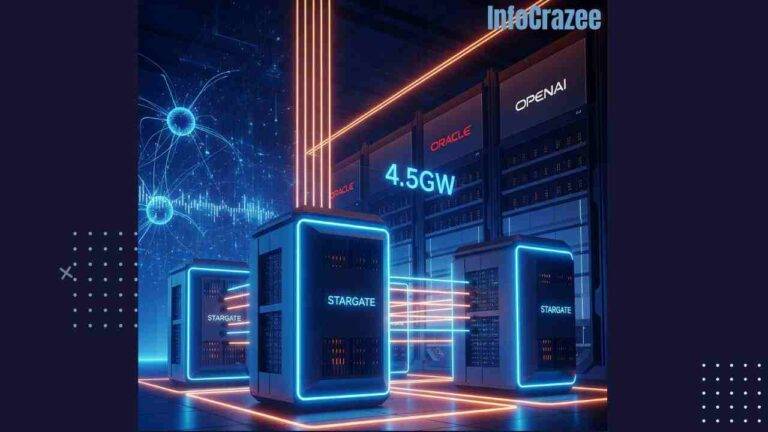Tesla’s New AI Chip Promises Safer and Smarter Autonomous Driving
Tesla has unveiled its next-generation AI chip, Hardware 5 (HW5), designed to power its ambitious autonomous driving initiatives, including the much-anticipated robo taxi service set to launch in Austin, Texas, by the end of June. The new chip, developed in-house, promises significant improvements in safety, processing speed, and decision-making for Tesla’s Full Self-Driving (FSD) system, potentially narrowing the gap with competitors like Waymo.
The HW5 chip, slated for production in 2025, is tailored to enhance Tesla’s vision-based AI approach, which relies on eight external cameras and neural networks trained on real-world data. Unlike its predecessor, Hardware 4, the new chip offers a tenfold increase in computational power, enabling faster processing of complex driving scenarios, such as navigating dense urban environments or adverse weather conditions. “HW5 is a game-changer for autonomous driving,” said Ashok Elluswamy, Tesla’s Head of AI and Autopilot, during a recent interview. “It allows our vehicles to make safer, more reliable decisions in real-time.”
This development comes as Tesla prepares to roll out its robo taxi service, with CEO Elon Musk confirming that driverless Model Y vehicles are already being tested in Austin. The service, initially launching with about 10 vehicles, aims to scale rapidly if successful. However, Tesla’s approach differs from competitors like Waymo, which uses costly LiDAR sensors. Tesla’s reliance on affordable camera-based systems, powered by HW5 and its Dojo supercomputer, could provide a cost advantage, enabling faster scaling of autonomous fleets.

Safety remains a critical focus, especially as the National Highway Traffic Safety Administration (NHTSA) continues to investigate Tesla’s FSD software following incidents linked to earlier systems. The HW5 chip is designed to address these concerns by improving the accuracy of Tesla’s vision-only system, reducing reliance on human oversight. Recent job postings for teleoperation engineers suggest Tesla is also incorporating remote human monitoring to ensure safety during the robotaxi trial.
Despite the optimism, challenges persist. Tesla’s FSD is currently at SAE Level 2, requiring constant driver supervision, while Waymo operates at Level 4, offering fully autonomous rides. Elluswamy admitted Tesla is “a couple of years” behind Waymo but emphasized that HW5’s cost efficiency could accelerate deployment. Public sentiment, however, remains skeptical, with polls indicating declining trust in autonomous vehicles.
The launch of HW5 aligns with Tesla’s broader AI strategy, including its integration with xAI and the use of Nvidia’s Blackwell chips for training. Musk hinted at potential future synergies between Tesla and xAI, though no merger is currently planned. As Tesla gears up for its robotaxi debut, the success of HW5 could redefine the company’s trajectory in the autonomous driving race.






